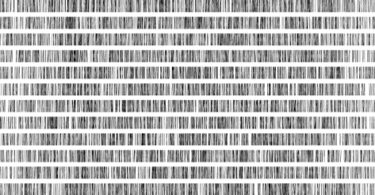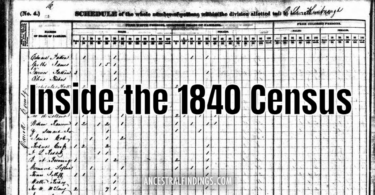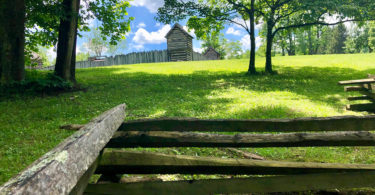There are times when you just can’t seem to find an official record of an ancestor’s crossing to the other side, no matter where you look. All of the official sources may just not exist, or have been lost to time a long time ago. Even if they do exist, they may be in an unindexed archive somewhere that you would never think to look. In these instances, what do you do when you want or need to add the death date of an ancestor to your family tree (such as when you are a completist and can’t stand an empty date on your tree, or if you need the date to join a lineage society)?
There are some reliable alternative sources out there. One of them will likely be available to you. These are the most common, but don’t be shy about getting creative in your search. You never know when you will find what you want in the most unexpected of locations.
The Family Bible: Family bibles are great primary sources for births, deaths, and marriages. These names with their corresponding dates were usually written in the Bible as they happened, by someone with firsthand knowledge of the event. If you don’t have the family Bible for the branch of the family you are researching, look for it in online genealogy websites, on eBay, and by tracing down that branch to the present and asking your distant relatives if they inherited the Bible and will let you have a copy of its valuable genealogy pages.
Military Pension Applications: If the parents or widow of a deceased veteran applied for a military pension based on that person’s service, the date the veteran died will be included in the application. It had to be included for the military to know they were gone and a pension was owed to their immediate heir(s). Usually, the heir even had to provide proof of when the person crossed to the other side. Be sure to check these records. You will often find death dates there that aren’t recorded anywhere else.
US Federal Census Mortality Schedules: There were a few of these done in the mid-1800s. Part of the US Federal Census, but kept on a separate schedule from the primary census enumerations, these schedules listed the names of people who died the previous year, before the census was taken. Their name, cause, and date of death are usually included on these schedules. They are worth checking out if you are searching for an elusive death date for an ancestor. You can find them at the National Archives, on Ancestry.com, and on some free genealogy websites like FamilySearch.org.
FindAGrave.com: While not all entries on this website include photos of headstones (because sometimes the stone doesn’t exist, and the information on the entry came from cemetery records, obituaries, or spoken family history), most of them do. A date on a headstone can usually be used for lineage society applications in the absence of any other records. It’s worth it to have a look at the website to see if your ancestor has a photo of a headstone with a date on it on there.





